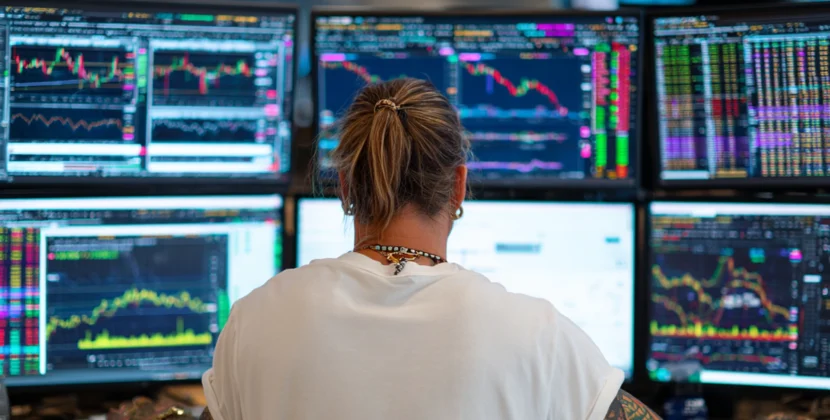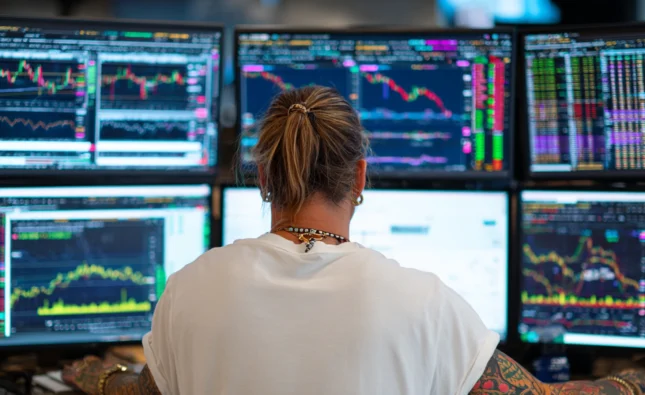
The Future of Micro-Betting: How In-Play Wagering is Transforming the Sports Betting Landscape in 2025
As sports fans across the globe reflect on this week’s electric UEFA Champions League Final and the fast-paced NBA Conference Finals, the spotlight is not just on the field but increasingly on the betting slip. Of particular interest to industry stakeholders is the accelerating trend of micro-betting—a subset of in-play wagering that is redefining how modern bettors engage with live sports.
What is Micro-Betting and Why is it Growing?
Micro-betting refers to betting on discrete, short-term events within a live sporting fixture, such as the outcome of the next point in tennis, the next at-bat in baseball, or the next corner in football. Rather than staking on the final match result, punters now immerse themselves in granular game action, with operators quick to offer real-time markets in response to on-field events.
This week’s data from Kambi and BetRadar highlights an unprecedented surge: micro-betting accounted for over 51% of all in-play stakes during Europe’s major football and basketball fixtures—an all-time high, up from 40% in May 2024. This trend has accelerated due to the integration of faster data feeds and AI-powered market generation, allowing for odds to update within seconds of crucial game events.
Evolving User Behavior: Demand for Speed and Engagement
Betting markets are not just responding to technological advances but also seismic shifts in user behavior. According to the latest figures from the iGaming Business Intelligence Survey released yesterday, more than 69% of bettors aged 21-35 now prefer in-play and micro-markets over traditional pre-game bets—a sharp rise from 56% two years ago.
Mobile platforms have been central in this evolution. This week, FanDuel reported a 27% increase in mobile micro-betting during the NBA playoffs, attributing success to new app features such as
instant bet settlement and immersive live graphics. These innovations, combined with push notifications on pivotal in-game moments, are sustaining bettor engagement for longer periods and encouraging frequent repeat bets.Operational Challenges and Technological Solutions
Rapid-fire betting on such a scale is not without challenges. The increasing volume and velocity of bets require sophisticated risk management and fraud detection systems. This week, industry leaders such as Genius Sports debuted advanced algorithms that track irregular patterns in millisecond intervals, helping operators identify potential arbitrage or suspicious betting activity before liabilities escalate.
Further, the embrace of streaming partnerships is enhancing real-time market integrity. Bet365’s recent agreement with LaLiga, unveiled this Monday, provides bettors with integrated live footage, which, when paired with synchronized odds movement, significantly reduces latency and improves both the user experience and fairness.
Regulatory Oversight and Responsible Gambling Measures
As micro-betting capture more market share, regulators have enhanced scrutiny over session times, player controls, and bet frequency. In the UK and Ontario, authorities are mandating clearer market labeling and default session limits for live bet offerings. Early this week, the Brazilian regulator (SECAP) announced the launch of player self-exclusion tools tailored for high-frequency micro-bet participants, which operators report led to a 13% week-over-week decrease in flagged risky behavior.
Strategic Takeaways for 2025
It is clear from this week’s numbers and innovations that micro-betting sits at the intersection of entertainment, technology, and risk. Operators investing in robust live data feeds, dynamic pricing, and player protection systems will capture—and retain—the attention of the most lucrative bettor demographic.
For sports enthusiasts, micro-betting offers unmatched excitement; for the industry, it promises continued growth if risks are managed effectively. As global events grow in spectacle and real-time engagement, micro-betting’s trajectory for the remainder of 2025 appears not just promising, but transformative.
















